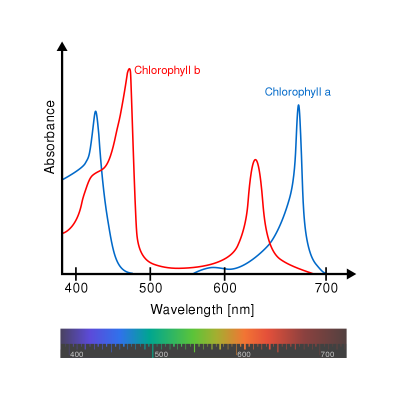Aside from looks, is there any benefit for the corals concerning full spectrum vs actinic? I hate the actinic look, so you'll never see me lighting the tank like it's supposed to play a show in Vegas next week. But I was curious. Is there any real benefit to going full spectrum?
Corals and other organisms can definitely use a wide spectrum of light via various photopigments
However, we seem to often forget that we are keeping fish who use coloration in their communication and behavior, and normally live in a very vivid and colorful world. I personally dislike depriving the fish of this, and I often wonder what abnormal behavioral issues arise in reef tanks as a result of an abnormal environment.






















